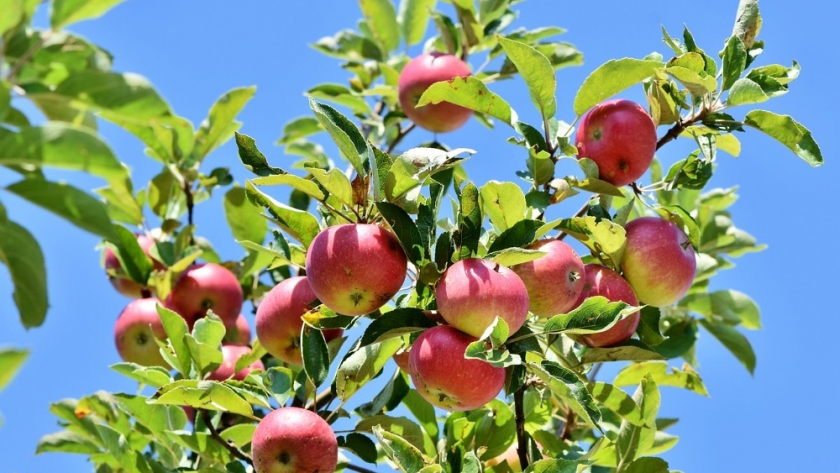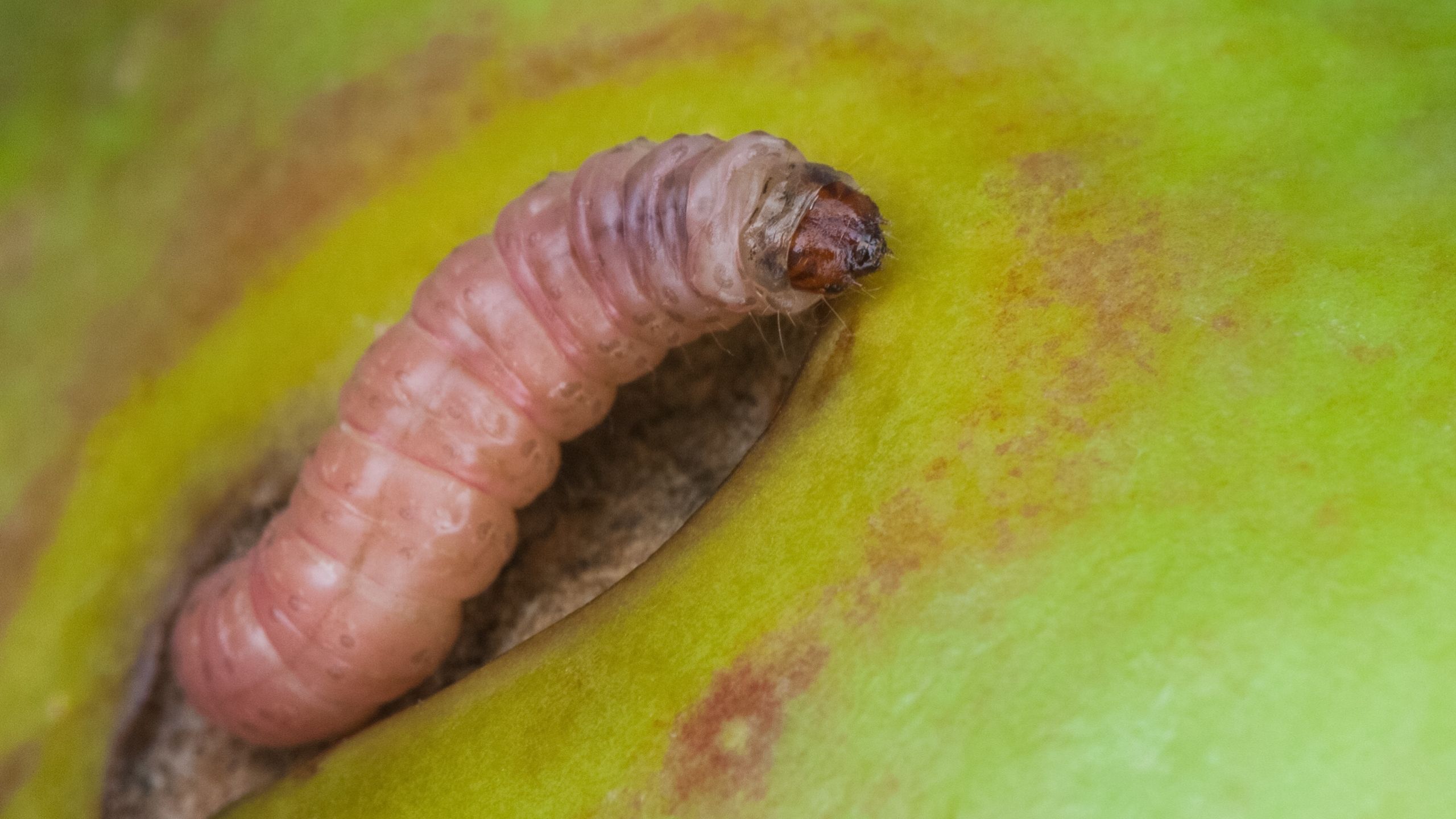
By Agroempresario.com
Apple trees, with their delightful blossoms and nutritious fruit, are a cherished addition to any orchard. However, these trees are susceptible to various pests and diseases that can significantly impact their health and yield. This article explores effective pesticide options and integrated pest management (IPM) strategies to keep your apple trees thriving.
Codling moths are notorious for causing extensive damage to apple crops. To combat these pests, consider using Spinosad or Carbaryl. For organic gardeners, Bacillus thuringiensis (Bt) or kaolin clay can provide effective control. Apple maggots are another common pest that can ruin your harvest. Imidacloprid or Phosmet are recommended pesticides, while Surround WP, a kaolin clay-based product, offers an organic alternative.

Aphids, small insects that feed on the sap of apple trees, can weaken your trees and spread disease. To control aphids, Permethrin or Malathion can be used. Organic options include neem oil and insecticidal soap, both of which are effective in reducing aphid populations. Spider mites, tiny pests that can cause significant damage to apple leaves, can be managed with Bifenthrin or Abamectin. Horticultural oil and sulfur are excellent organic choices for controlling these mites.
In addition to pests, apple scab, a fungal disease, can severely affect apple trees. Myclobutanil or Captan are effective fungicides for this disease, while copper-based fungicides and sulfur provide organic control options. Implementing these pesticides as part of a broader pest management strategy can help maintain the health of your apple trees.

Integrated Pest Management (IPM) practices can significantly reduce the need for chemical pesticides. Regularly inspecting your trees for signs of pests or diseases is a crucial first step. Pruning trees to improve air circulation and removing fallen debris can help prevent pest infestations. Encouraging natural predators, such as ladybugs, lacewings, and parasitic wasps, can also keep pest populations in check. Mechanical controls, like traps and barriers, can catch pests before they cause damage.
When using pesticides, it is essential to follow the label instructions carefully. Timing your applications to coincide with the pest's lifecycle stages will increase effectiveness. Ensuring thorough coverage of the tree, including the undersides of leaves, is vital for optimal results. Always wear appropriate protective gear and store pesticides out of reach of children and pets.

For the best results and safety, consult with a local agricultural extension office or a professional arborist. They can provide tailored advice based on your region's specific pest pressures and environmental conditions. By combining effective pesticide use with IPM practices, you can ensure the health and productivity of your apple orchard.
